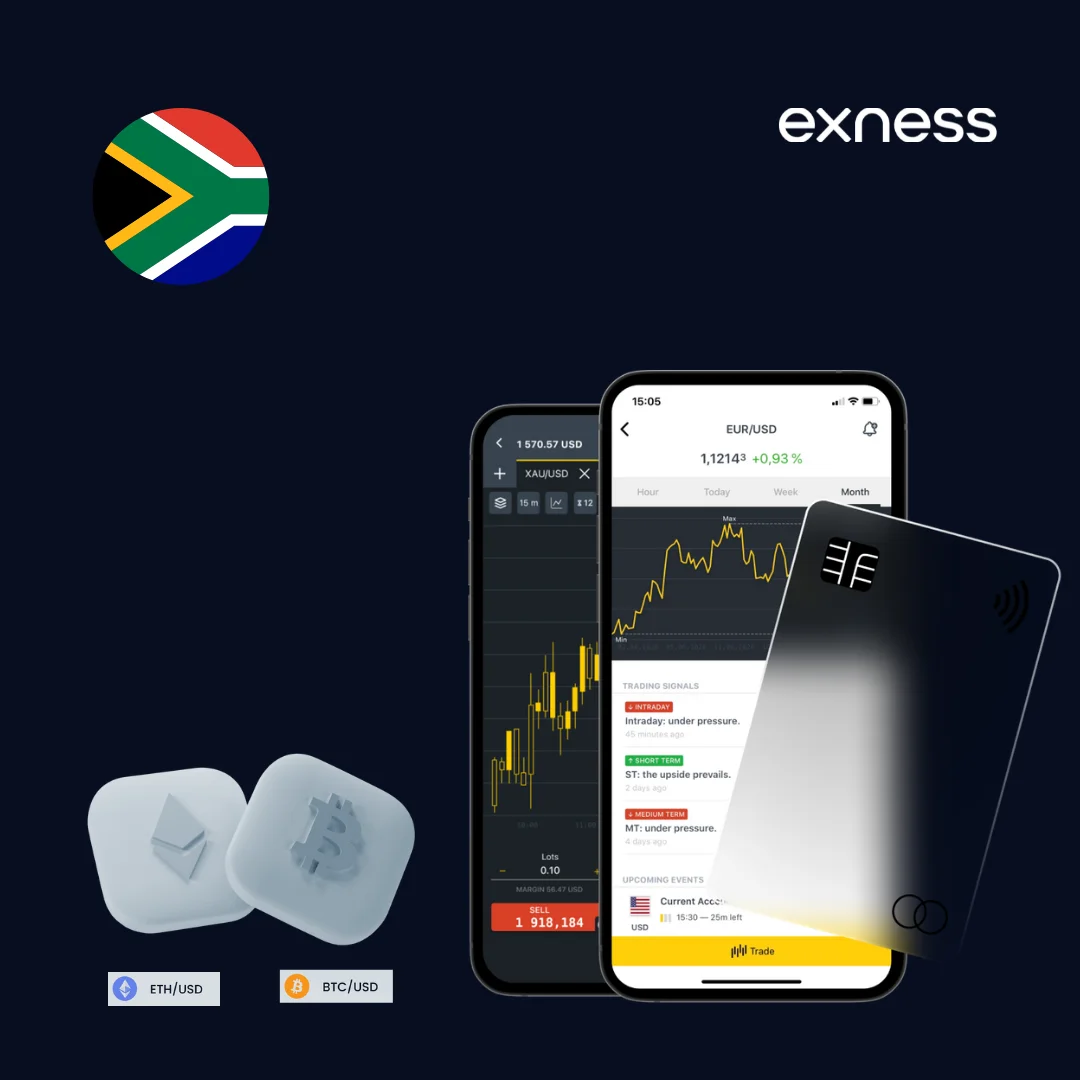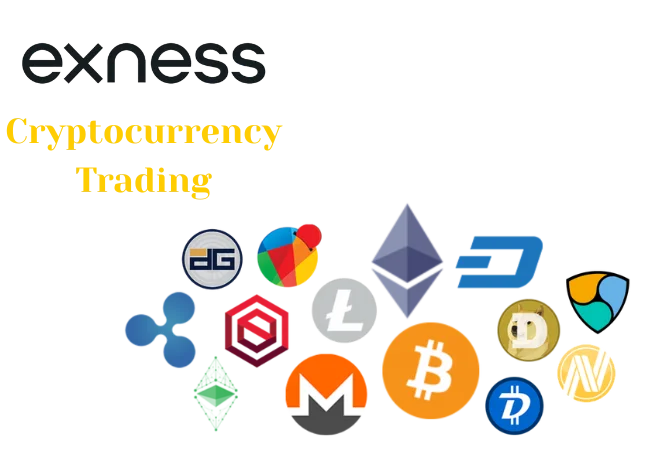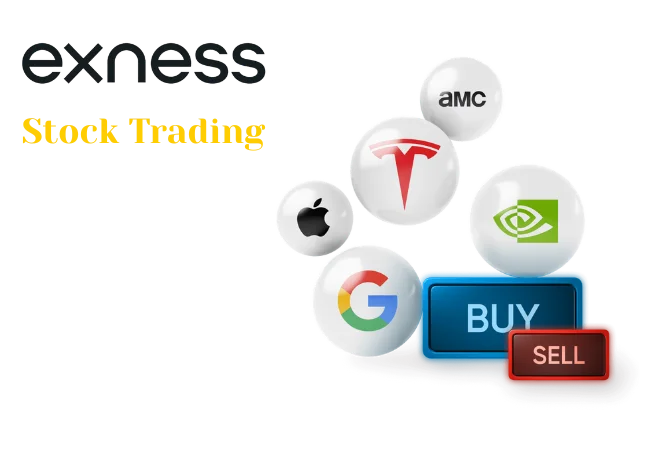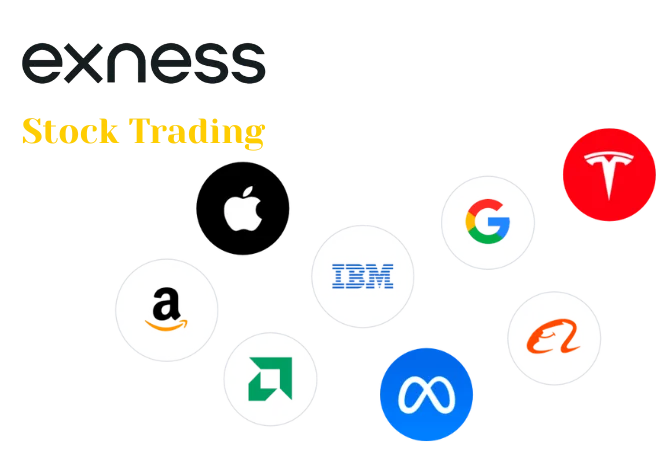How Does Cryptocurrency Trading Work?
Crypto trading is about buying and selling digital coins to make money from price changes. Markets never close. This means opportunities happen 24/7.
The idea is simple. Buy when prices are low. Sell when they go up. But timing is everything in crypto.
Prices move fast. Bitcoin can jump 15% in one day or crash just as hard. Most traders use CFDs instead of buying real coins. CFDs let you bet on price direction without storing crypto wallets.
You can profit when prices go up or down. Long positions make money when prices rise. Short positions profit when prices fall.
Main Trading Types:
- Spot trading – buying actual crypto
- CFD trading – betting on price moves
- Leverage trading – using borrowed money to trade bigger
- Margin trading – putting up collateral for larger positions
News moves crypto prices hard. Good news sends coins flying up. Bad news crashes them down. Technical analysis helps you spot good entry points.
Bull markets create huge gains fast. Bear markets test your patience and risk control. Smart traders change their Exness trading strategy based on market conditions.
How to Start Trading Cryptocurrency
Starting crypto trading feels scary at first. Take it step by step. Rush in without preparation and you’ll lose money fast.
New traders make the same mistakes over and over. They chase quick profits. They ignore risk management. They trade based on fear and greed instead of logic.
Smart traders do things differently. They learn first, trade second. They practice on demo accounts. They build solid strategies before risking real cash.
Crypto rewards discipline. It punishes reckless behavior. Treat trading like a business, not gambling.
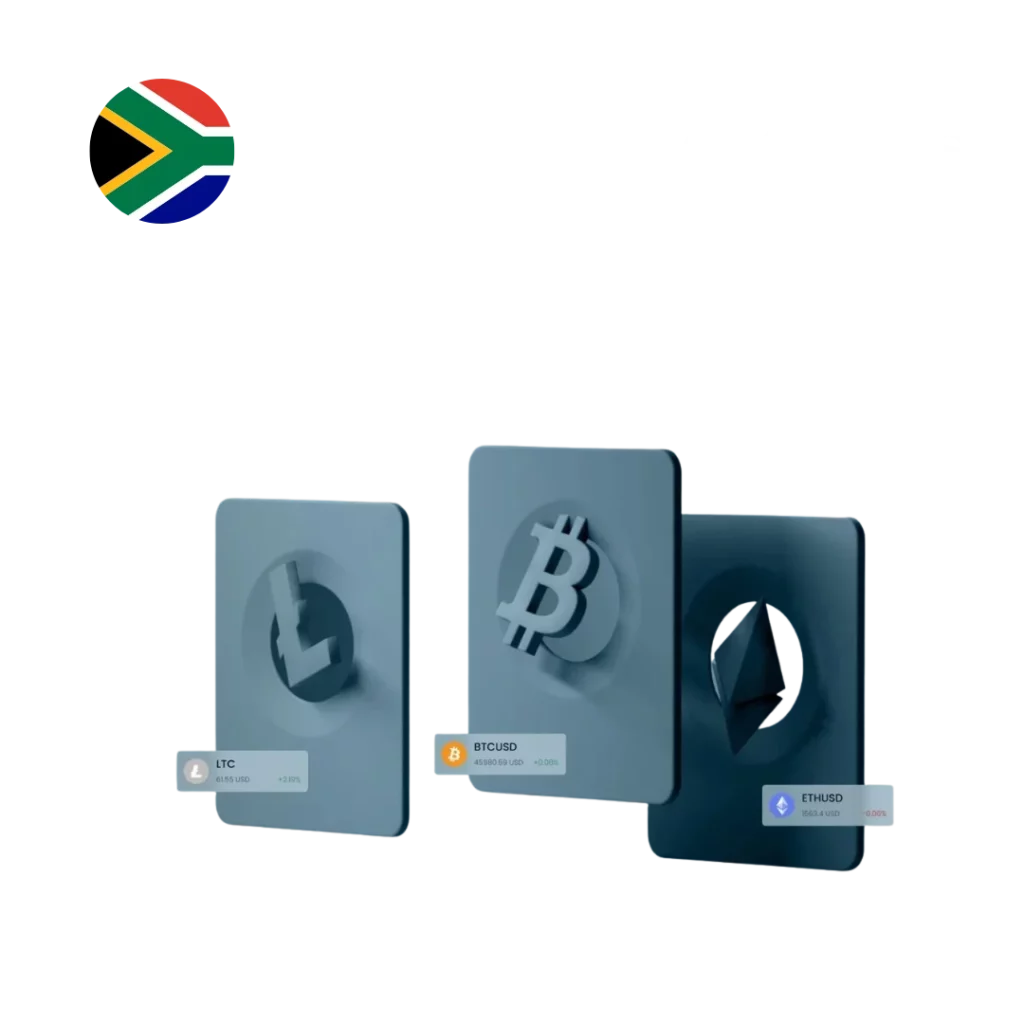
Open an Account With Exness
Opening an Exness account takes just minutes. But picking the right account type matters for your success.
Go to the Exness website and click register. Fill in your basic info. Check your email and verify the account. It’s quick and secure.
Account Options:
| Account | Min Deposit | Max Leverage | Spreads |
| Standard | $1 | 1:2000 | Fixed |
| Pro | $200 | 1:2000 | Variable |
| Zero | $500 | 1:2000 | Zero spread |
Upload your ID and address proof for verification. This usually takes under 24 hours. Then fund your account with bank transfer, card, or e-wallet.
Most Exness for beginners should pick the Standard account. Good spreads and high leverage. You can upgrade later as you get better.
Choose the Right Trading Platform
Your platform choice affects your trading results. Exness offers several options. Pick the wrong one and you’ll struggle.
Exness MetaTrader 4 is popular with experienced traders. Great charts and custom indicators. You can run automated trading bots too.
Exness MetaTrader 5 has more features than MT4. More timeframes and order types. Built-in economic calendar. Handles multiple markets well.
Platform Types:
- MT4 – best for basic crypto and forex trading
- MT5 – advanced features for serious traders
- Web Terminal – trade from any browser
- Mobile Apps – trade from your phone anywhere
Exness mobile trading is essential now. Markets move 24/7. Good opportunities can happen while you sleep. Exness mobile apps work just like the desktop versions.
Pick your main platform based on how you trade. Day traders need fast execution and good charts. Swing traders want analysis tools and alerts.
Build a Trading Strategy
Trading without a plan is gambling. You need a system that fits your schedule and personality. Your Exness trading strategy should be simple but effective.
Common Strategies:
- Day trading – open and close trades same day
- Swing trading – hold positions for days or weeks
- Scalping – quick trades lasting minutes
- Position trading – long-term holds
Technical analysis is key for most strategies. Support and resistance show you where to enter trades. Moving averages tell you trend direction. RSI shows if a coin is overbought or oversold.
News also moves crypto prices big time. Regulation news can crash markets. Partnership announcements pump prices up. Follow crypto news closely.
Test your strategy on old price data first. Many strategies look good on paper but fail with real money. Backtesting shows you what really works.
Start simple. Master basic concepts before trying fancy techniques. Even pro traders use straightforward approaches most of the time.
Use Risk Management Tools
Risk management keeps you in the game. Crypto volatility can wipe out accounts fast. Always plan for losses before they happen.
Never risk more than 2% of your account on one trade. Small positions let you survive losing streaks. Big positions can blow up your account with just a few bad trades.
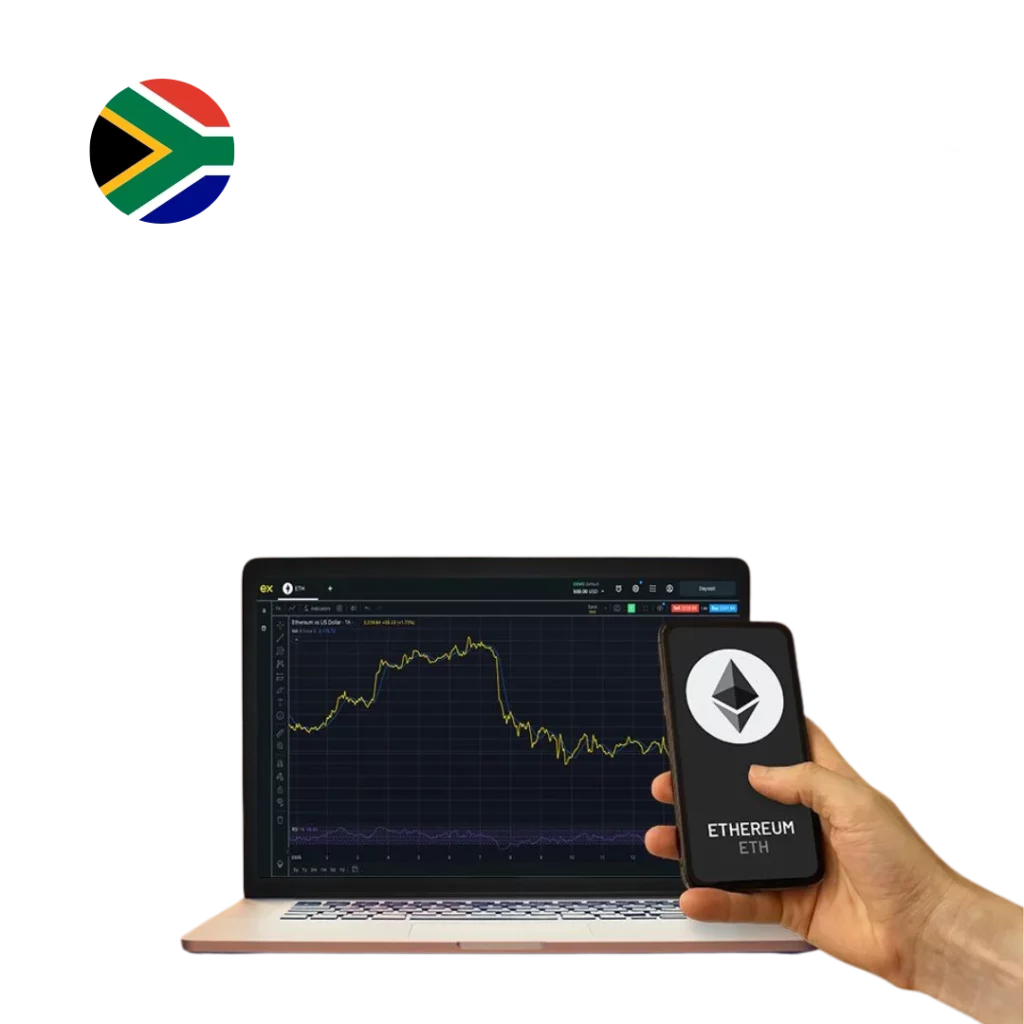
Key Risk Tools:
- Stop losses – exit trades automatically at loss limit
- Take profits – lock in gains at target price
- Position sizing – figure out how much to trade
- Risk-reward ratios – make sure potential gains beat potential losses
Set your stop loss before you enter every trade. Never trade without knowing where you’ll exit. Emotions mess up your judgment when you’re losing money.
Take profit orders grab your gains automatically. Crypto can reverse direction fast. Profits disappear as quick as they show up.
Don’t put all your money in one coin. Spread risk across different cryptos and strategies. This Exness crypto tutorial teaches diversification for good reason.
Aim for at least 2:1 reward-to-risk on trades. Risk $100 to potentially make $200. Good ratios let you stay profitable even when you’re wrong often.
Top Tips for Trading Cryptocurrency
Trading crypto successfully takes patience and smart decisions. Most new traders lose money because they make the same basic mistakes.
- Don’t risk your rent money. Only trade what you can lose without problems. Crypto prices swing wildly. Your $500 could become $50 overnight. Keep your living expenses separate from trading money.
Start with tiny trades. Practice makes perfect. Big trades early on will teach you expensive lessons. Learn the basics with $10-20 positions first.
- Charts tell you everything you need to know. Price moves in patterns. Learn to spot when prices bounce off support levels. Watch for breakouts above resistance. Simple chart reading beats complex strategies most of the time.
Emotions kill profits fast. You’ll want to panic sell when prices crash. You’ll get greedy when everything pumps. Fight these feelings. Stick to your plan no matter what.
- Bitcoin leads, others follow. When Bitcoin goes up, most other coins pump too. When Bitcoin crashes, altcoins usually crash harder. Watch Bitcoin first, then trade other coins.
Cut losses quick, let winners run. Set your stop loss before you buy. Take some profits when you’re up 25% or more. Don’t be greedy – there’s always another trade coming.
- News moves prices but not always how you expect. Good news can make prices dump if people sell the news. Bad news sometimes makes prices pump. Don’t trade based on headlines alone.
Write down your trades. What worked? What didn’t? Keeping notes helps you see your mistakes clearly. Most traders repeat the same errors until they start tracking them.
Mix up your coins. Don’t put everything in one crypto. Even Bitcoin can crash 50%. Spread your money across 3-5 different coins to reduce risk.

Start trading online in South Africa
Discover why Exness is the broker of choice for over 1 million traders and 100,000 partners worldwide.
FAQs
What is the best broker to trade cryptocurrency?
Exness works great for crypto trading because it’s reliable and cheap. You get low spreads and can use high leverage up to 1:2000 if you want bigger positions. The platform is easy to use and you can start with just $1. Most other brokers require much more money to begin. Exness also processes withdrawals fast, which matters when you want to cash out profits quickly.
How much do I need to start trading crypto?
You can open an Exness account with $1, but you need at least $100-200 to trade properly. Smaller amounts make it hard to manage risk correctly. With $300-500, you have enough room to follow the 2% rule and still place meaningful trades. Don’t start with borrowed money or your grocery budget. Only use extra cash that won’t hurt you if it disappears.
Which cryptocurrencies are best for beginners?
Stick with Bitcoin and Ethereum when you’re learning. These two are less crazy than smaller coins and easier to predict. Bitcoin moves the whole market most of the time. Ethereum has real use cases with smart contracts. Small altcoins can double or crash 70% in one day, which is too stressful for new traders. Master the big coins first, then explore others later.
Where can I learn crypto trading basics?
YouTube has tons of free crypto trading videos from real traders. Look for channels that teach basics like reading charts and risk management. Exness also has educational materials on their website. Practice on demo accounts for at least a month before using real money. Join crypto trading groups on Reddit or Discord, but don’t believe everything you read. Most importantly, start small and learn from your own mistakes.
